Creative projects breathe new life into Bucharest’s architectural heritage
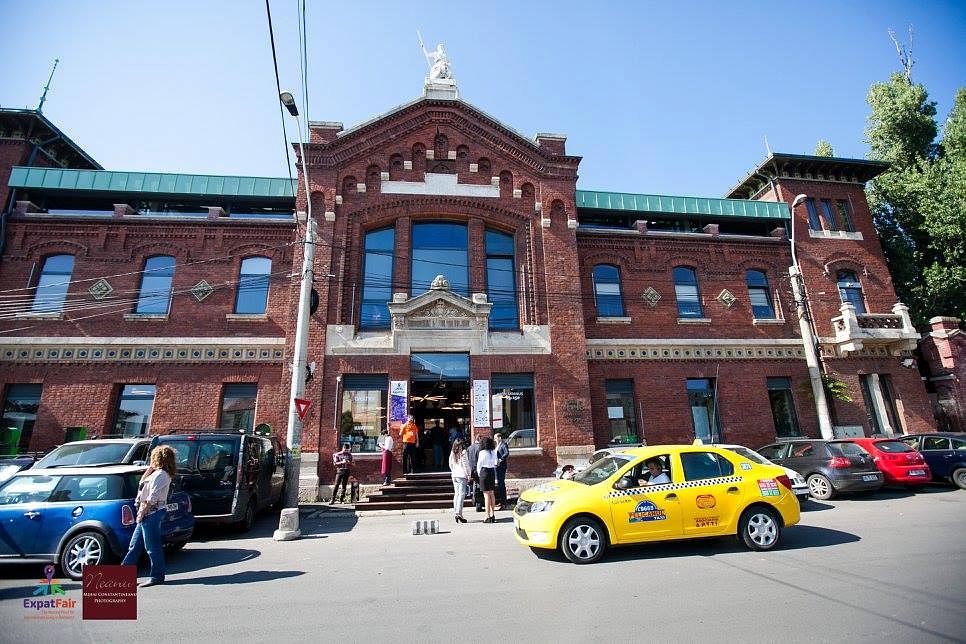
Several projects undertaken in recent years have managed to bring the city’s often overlooked architectural heritage into the spotlight. With a mix of entrepreneurial spirit and inventive flair, historical constructions in various parts of Bucharest have turned into attractive cultural and creative hotspots. An overview of some of them below.
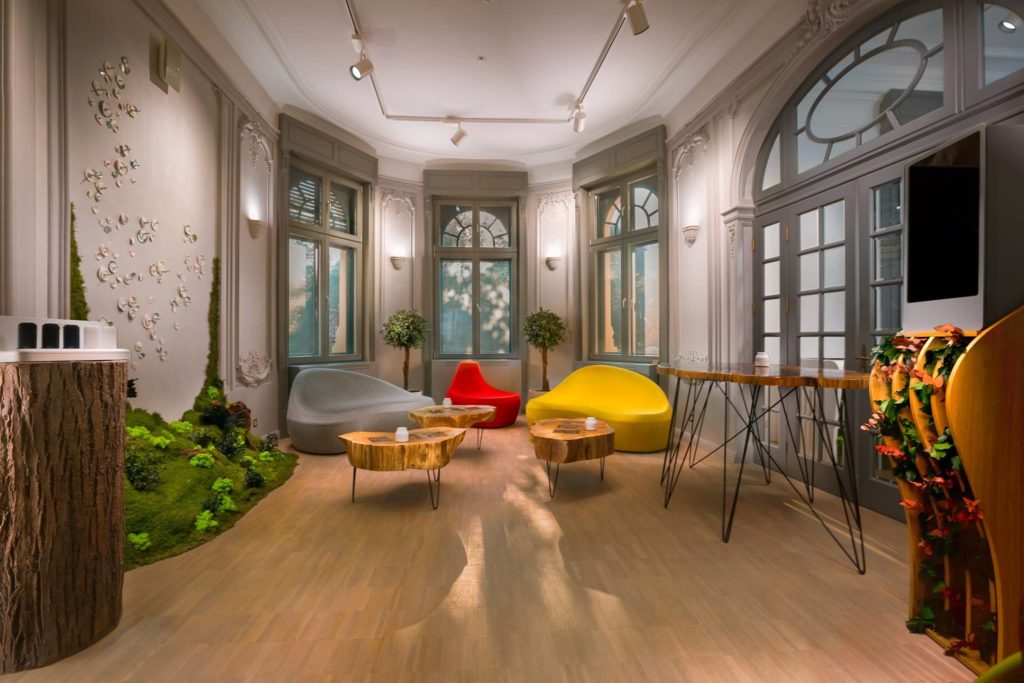 Qreator by IQOS. (Photo: Qreator by IQOS Facebook Page)
Qreator by IQOS. (Photo: Qreator by IQOS Facebook Page)QREATOR by IQOS is located in the recently refurbished Oromolu villa, which had been damaged by bombing during the Second World War and a fire of recent years. The building was redone according to the plans of architect Dorin Ştefan, and the interior design work was carried out in a partnership with Alessandro Lusito. The space is divided into eight rooms, with names such as Technology Room, Dance and Film Room, Photography and Painting Room, Music Room or Co-Creation Room. The rooms are meant for creatives to undertake projects in but can also accommodate corporate events. More here.
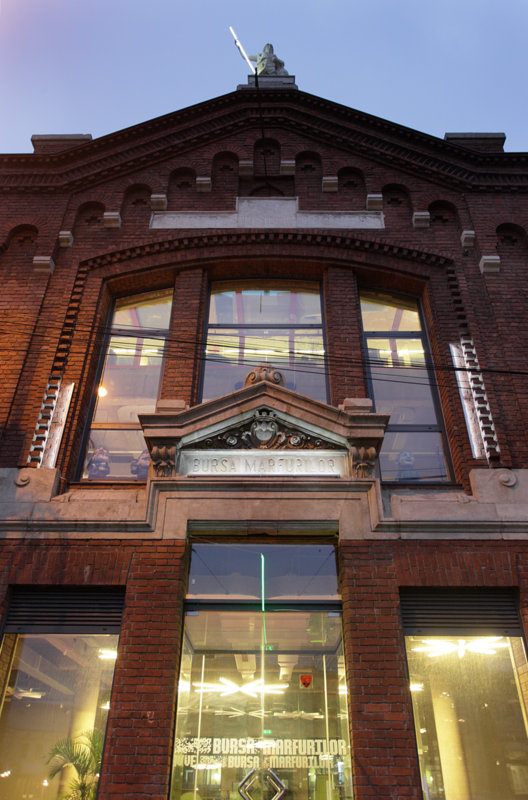 The Ark (Photo:©Andrei Margulescu/ The Ark Facebook Page)
The Ark (Photo:©Andrei Margulescu/ The Ark Facebook Page)The Ark is one of the first Bucharest cases of a transformation supported by the creative industries. The historical building of the former Commodities Exchange, at the intersection of the Uranus street and Calea Rahovei, was built in 1898 after the plans of the Italian architect Giulio Magni and of engineer Anghel Saligny, who also designed the Feteşti-Cernavodă railway bridge over the Danube. The building, which is labeled as a historical monument, withstood the 1980s demolitions in the Uranus neighborhood and was eventually bought by a group of private investors who refurbished it through the Re-Act Now Studio and architect Mario Kuibuș, between 2006 and 2008. It has been named The Ark ever since. The ground floors and the terrace host various events, from concerts and exhibitions to fairs and corporate events, while offices occupy the upper floors. More here.
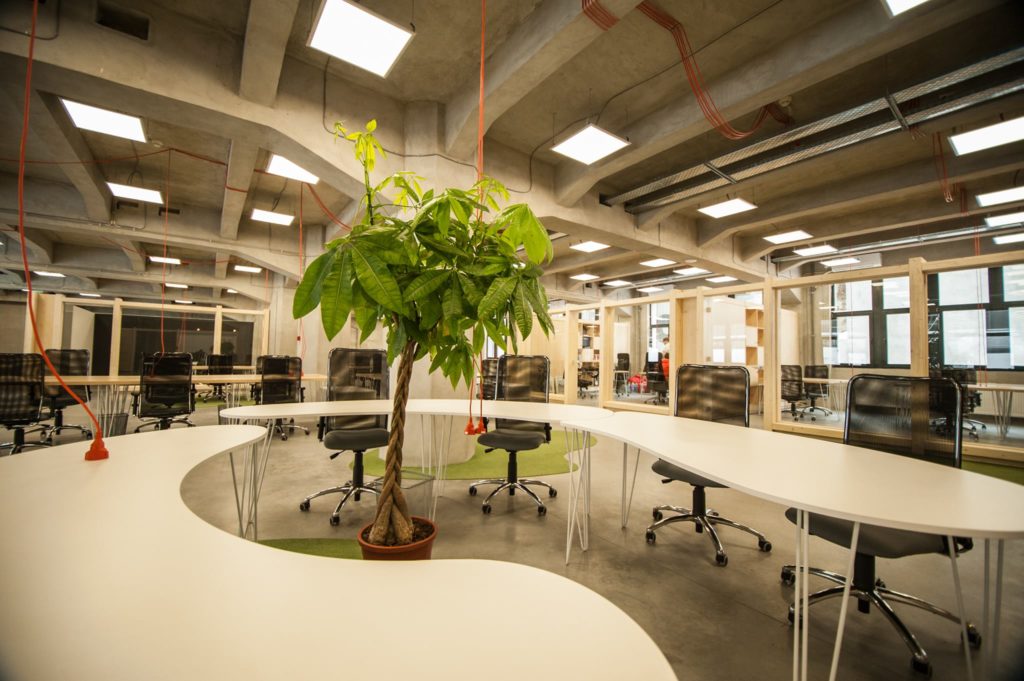 Talent Garden. (Photo: Talent Garden Bucuresti Facebook Page)
Talent Garden. (Photo: Talent Garden Bucuresti Facebook Page)Palatul Universul (Universul Palace), a building close to the Cismigiu Park, hosted the newsroom of the Universul newspaper, one of the first to be published in the country, as well as a printing house. The building was recently consolidated and refurbished and now works as a hub for creative industries. It hosts, among others, the Apolo 111 Theater, the Mezanin event space, the Beans & Dots coffee shop but also the Talent Garden Bucureşti (TAG Bucureşti), a hub for professionals working in the creative industries. More here.
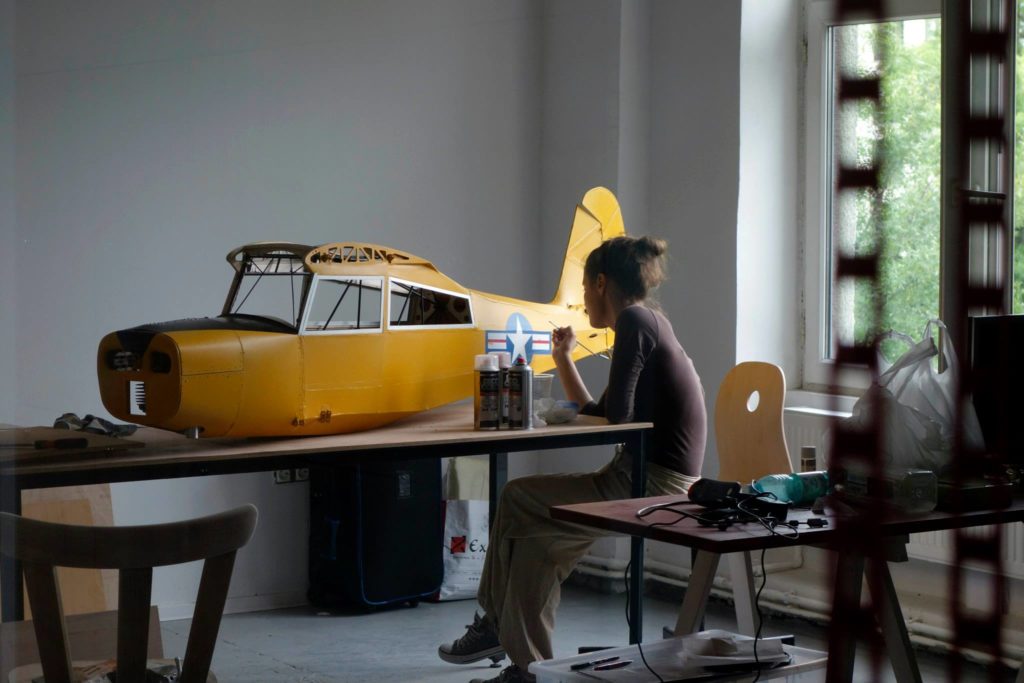 Nod Makerspace. (Photo: Nod Makerspace Facebook Page)
Nod Makerspace. (Photo: Nod Makerspace Facebook Page)In a reconverted space of the former Cotton Plant in Bucharest, NOD Makerspace works as co-working space and as a marker-space aimed at helping the design, engineering, manufacturing and prototyping sectors “develop and democratize.” A wood workshop, a metal workshop, and a paint room are available here as is the materials library Mater. More here.
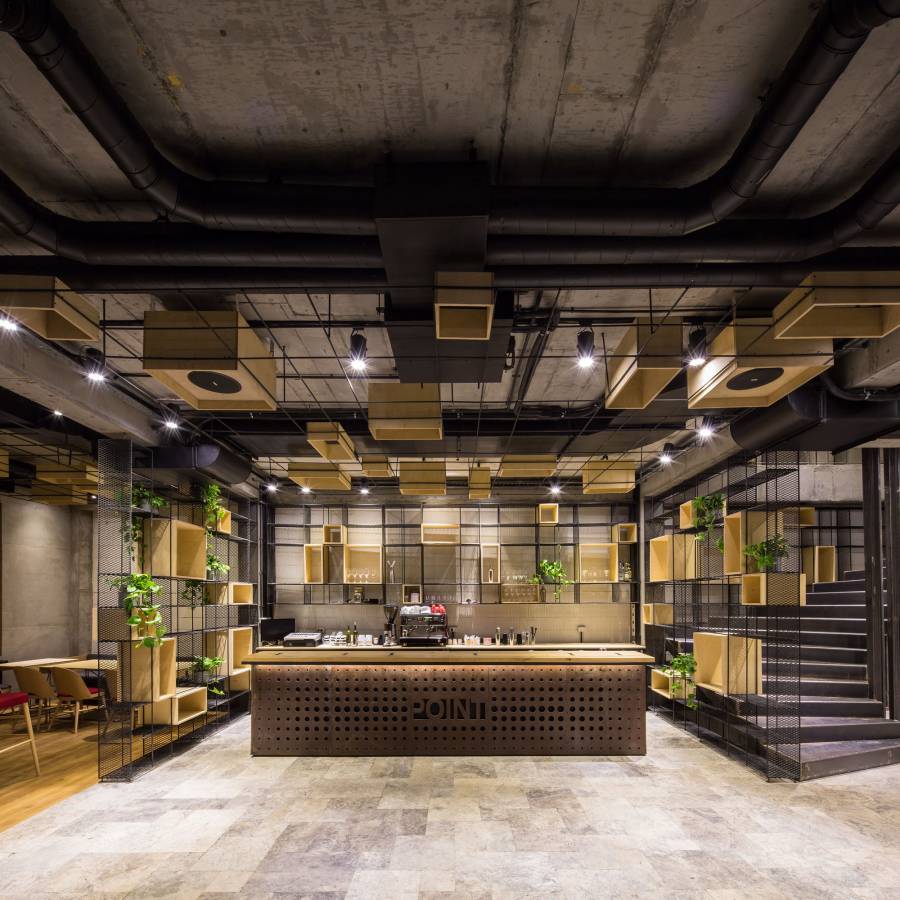 POINT. (Photo: POINT Facebook Page)
POINT. (Photo: POINT Facebook Page)A self-described “laboratory for the exploration and advancement of contemporary arts,” the cultural hub POINT hosts exhibitions, screenings, and theater plays. It is located in a patrimony building, close to Romana Square, and a gourmet kitchen is also available on site. More here.
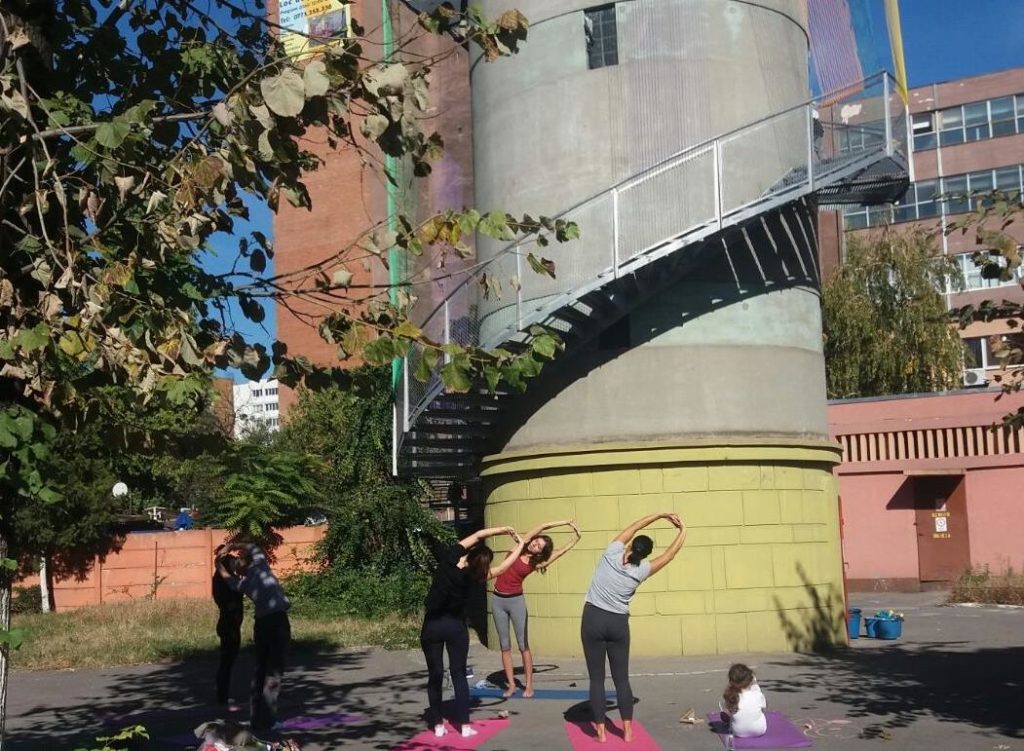 Make a Point. (Photo: Make a Point Facebook Page)
Make a Point. (Photo: Make a Point Facebook Page)Make a Point is an organization working on urban regeneration projects and industrial spaces re-conversion, as well as cultural interventions and mediating access to culture. They are based at the former textile plant Postavaria Romana. They also reconverted the Water Tower inside the plant into a tourist and cultural site which hosts art exhibitions. On site, visitors can find a library that documents a time when plants in Romania used to have libraries for their workers. The community street art event Zilele Uriaşi de Pantelimon is also held here. More here.
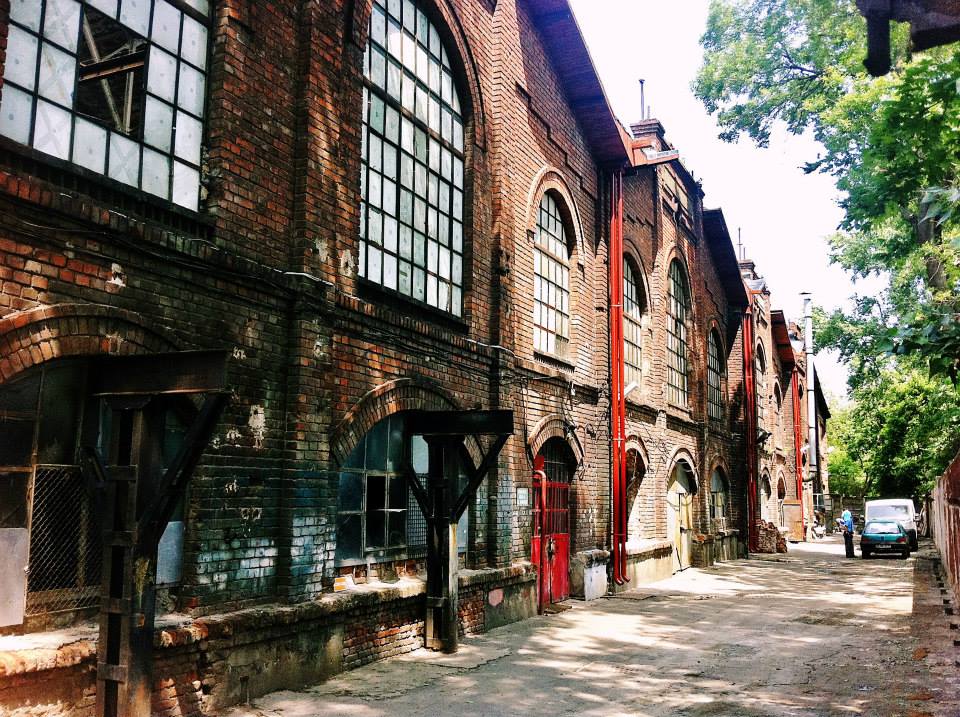 Halele Carol. (Photo: Halele Carol Facebook Page)
Halele Carol. (Photo: Halele Carol Facebook Page)The Halele Carol project is another example of the entrepreneurial and cultural sectors meeting to give a new life to the historical, industrial spaces of the former Hesper Plant. It is close to the city’s Carol Park, designed by French landscape artist Édouard Redont in 1900 on the Filaret Hill. More here.
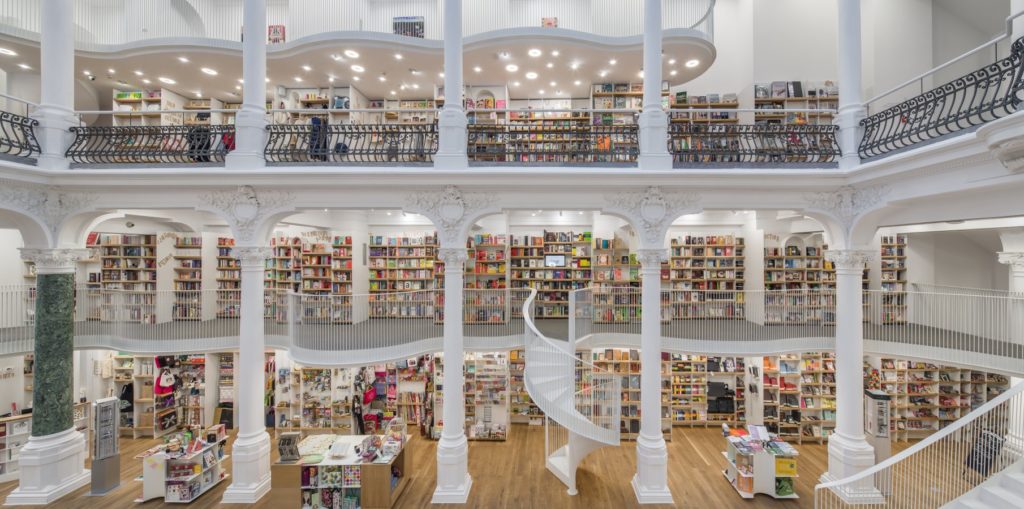 Cărturești Carusel. (Photo: Cosmin Dragomir/ Cărturești Carusel Facebook Page)
Cărturești Carusel. (Photo: Cosmin Dragomir/ Cărturești Carusel Facebook Page)The beautiful Cărturești Carusel bookstore in Bucharest's Old Town is located in the former headquarters of the early 1900s Chrissoveloni bank. When the bank closed down in 1948, a men’s clothing store opened, and then, during the Communist period, another store was housed in the building. Jean Chrissoveloni, the building owner and the great-grandson of the 19th century banker, renovated the construction before leasing it to the Cărturești chain. More here.
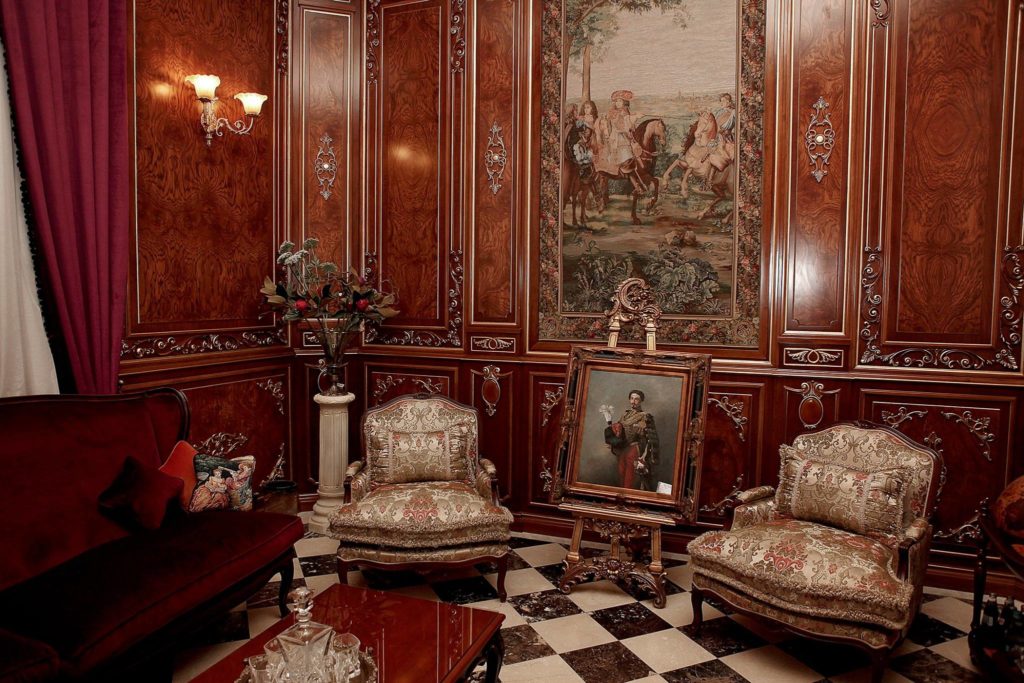 Palatul Noblesse (Photo: Palatul Noblesse - Lifestyle Palace Facebook Page)
Palatul Noblesse (Photo: Palatul Noblesse - Lifestyle Palace Facebook Page)Palatul Noblesse - Lifestyle Palace, an arts and events center, is located in a 19th century building, designed according to the plans of architect Alexandru Savulescu, who also worked on the current National Museum of History of Romania. While the property was nationalized it served as a center for children’s activities. It now hosts its own events or those of various clients. More here.
 Gabroveni Inn (Photo: Petru Ivu/ Arcub Facebook Page)
Gabroveni Inn (Photo: Petru Ivu/ Arcub Facebook Page)In the city’s Old Town, the Gabroveni Inn was refurbished in 2014 and became the headquarters of Arcub, the cultural projects center of the Bucharest City Hall. Now, exhibitions, various performances and fairs take place there. More here.
editor@romania-insider.com











